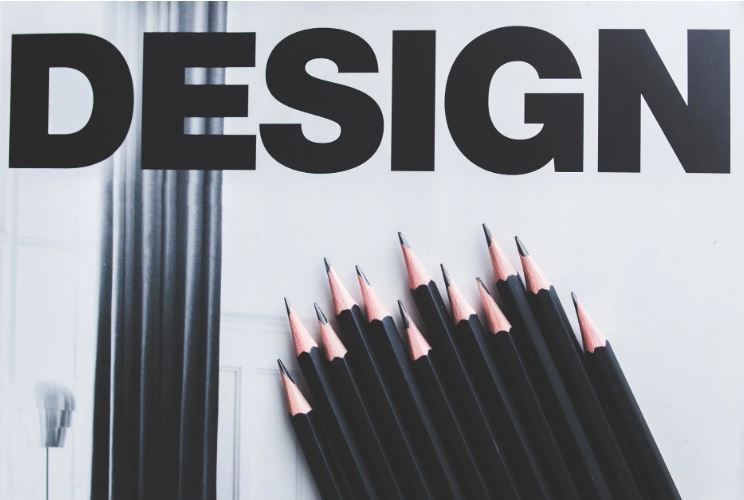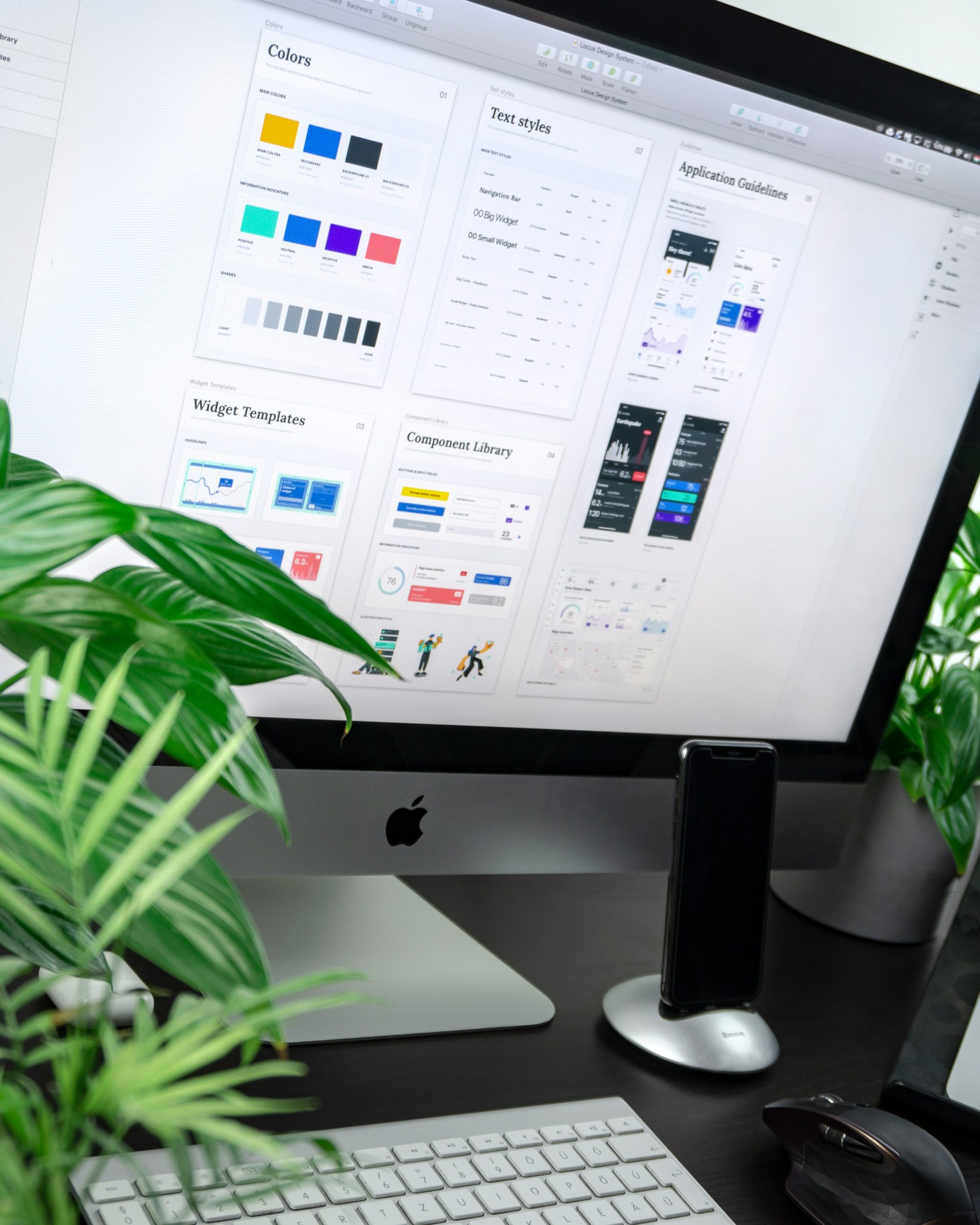In the field of design, two key factors greatly influence the success of a product: how comfortable it is to use (ergonomics) and how visually appealing it appears. Achieving the balance between these aspects is no task but is essential for creating user-friendly and visually attractive products. In this post, we will delve into how designers navigate this balance and why it’s vital for product development.
1. The Significance of Ergonomics:
Ergonomics involves designing products that seamlessly align with physiology and behavior. It focuses on creating safe and efficient products. When considering ergonomics in design, designers take into account factors like body posture, usability, reachability, and overall functionality.
By prioritizing ergonomics in its designs, an industrial design firm or manufacturer ensures that their products offer users an exhilarating experience. This not only enhances user satisfaction but also minimizes the risk of injuries or discomfort caused by poorly designed products during prolonged use.

2. The Impact of Aesthetics:
While ergonomics holds importance in design, aesthetics plays an equally significant role in capturing consumers’ attention and interest at first glance. Aesthetics encompass elements, including the choice of colors, the shape and size of a product, its texture, proportionality, and overall visual appeal.
When a product is well-designed, it can evoke emotions through its aesthetic qualities. Aesthetics play a vital role in how consumers perceive the quality, reliability, desirability, and even prestige associated with a product.
3. Finding the Perfect Balance:
To create products that seamlessly combine both ergonomics and aesthetics requires consideration from industrial designers. The primary focus should be on ensuring that functionality does not compromise usability so that users can interact with the product naturally and without any obstacles.
Another crucial aspect in finding this balance is evaluating accessibility. Products should be designed to accommodate abilities and cater to a wide range of user demographics. This inclusive approach ensures that everyone can enjoy a user experience.
Moreover, designers must consider the aesthetics of a product without neglecting its qualities. The form factor, choice of materials, and finishes should all contribute to both appeal and ease of use. Achieving this balance is a task that demands thinking and innovative solutions from designers.
4. The Role of User-Centric Design:
The role of user design is vital in achieving a blend between ergonomics and aesthetics.
Designers need to gather information from users using surveys, interviews, or observations to understand their needs, preferences, and challenges.
By involving users in the design process, designers can create products that truly resonate with their intended audience. User feedback is invaluable in assessing how a product aligns with user needs and visual preferences.
Continuous iteration is crucial in achieving this balance. Designers refine their prototypes based on user input until they find the combination of functionality and aesthetics before finalizing the design for manufacturing.

5. Examples: Achieving the Right Balance:
Numerous successful products across industries have achieved a balance between functionality and visual appeal through thoughtful design considerations:
- Smartphone manufacturers pay meticulous attention to factors like comfortable grip, easily accessible buttons, user-friendly interfaces, and visually stunning displays.
- Furniture designers prioritize creating pieces that not only look visually appealing but also provide lumbar support, comfort for extended sitting periods, and customizable options for different body types.
- Automotive designers strive for exteriors while ensuring access inside the vehicle, with intuitively arranged controls that minimize driver distractions.
- Shoe designers focus on achieving a balance between style and comfort. They consider not only the aesthetic appeal of the shoes but also factors like arch support, cushioning, and proper fit. Brands often invest in innovative materials and technologies to enhance both the visual design and the functionality.
Conclusion
In the field of design, it is crucial to strike a balance between ergonomics and aesthetics. This allows for the creation of products that also excel in terms of functionality. By focusing on both aspects from the beginning and adopting a user approach, designers can develop products that meet the needs of users across demographics. This, in turn, brings joy to consumers through their appearance. The successful fusion of form and function not only enhances the user experience but also leads to higher levels of customer satisfaction and loyalty.




